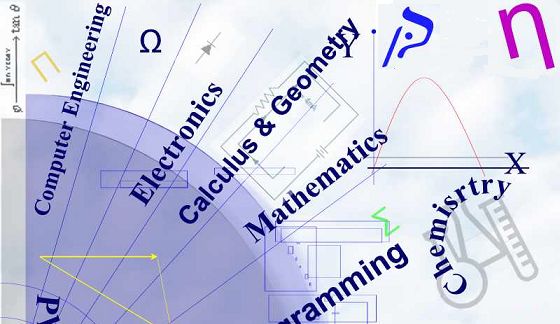Ideal Gas Law
Chemical reactions also involve substances in the gas phase, therefore to determine the number of moles of a gaseous compound the ideal gas equation is used
PV = nRT where P → pressure in kPa
V → volume in litres (L)
n → number of moles
T → temperature in Kelvin (K)
R → universal gas constant; 8.314 kPa • L• mol–1• K–1
-the ideal gas law can be used to determine any one of the variables from the knowledge of the other three
Example:
A glass bulb with a volume of 225 mL contains 0.580 g of an unknown gaseous compound.
The pressure is measured as 145.60 kPa at a temperature of 25 oC. What is the molar mass of the compound?
The pressure is measured as 145.60 kPa at a temperature of 25 oC. What is the molar mass of the compound?
Solution:
Convert 225 mL to L; 225 mL = 0.225 L
Convert 25 oC to Kelvin; 25 oC = 273 + 25= 298 K
Determine the number of moles of gas under the above conditions
n =PV = 145.0 kPa x 0.225 L
RT 298 K x 8.314 kPa•L•mol–1•K–1
= 1.32 x 10–2mol
1.32 x 10–2mol = 0.580 g
! mol = x g
x g = 0.580 g x 1 mol = 44.0 g/mol
1.32 x10–2mol
Activity - Solve the following problems:
1. Calculate the volume of 36.0 g of steam at 115 oC and 110.0 kPa of pressure.
2. If 28 g of N2, nitrogen gas, occupy 22.4 L at STP calculate the volume of 7 g of N2 at 0 oC and 202.6 kPa of pressure.
3. If 6 g of a gas occupy 20 L at 40 oC and 303.9 kPa of pressure, find its molar mass.
4. A tire with a volume of 3.60 L contains 0.367 moles of air at a pressure of 252 kPa. What is the temperature, in oC, of the air in the tire.


